
Buying a new car is undoubtedly an exciting experience, often accompanied by the fresh scent of the interior, a smooth ride, and the reassuring peace of mind that comes with a manufacturer’s warranty. This warranty acts as a crucial safety net, promising to cover repair costs in case of manufacturer defects for a specific period or mileage. It’s a contract between you and the automaker, where they agree to repair or replace certain covered items, provided you maintain the vehicle properly.
However, this valuable safety net is not without its conditions. Many drivers are often surprised to learn how easily this coverage can be compromised. Certain actions, whether intentional or accidental, can lead to a voided warranty, potentially leaving you responsible for thousands of dollars in repair expenses. Understanding these pitfalls is not just beneficial; it’s essential to maintaining your vehicle’s coverage and protecting your investment.
This in-depth guide, adhering to the rigorous standards of Consumer Reports, will meticulously break down the most common reasons your car’s warranty might be voided or specific claims denied. We’ll explore everything from major incidents that can void your entire warranty to seemingly minor modifications that can affect specific components. More importantly, we’ll provide clear, actionable advice on how to avoid these scenarios, empowering you to keep your warranty fully intact and ensure you’re never caught off guard when issues arise.

1. Salvage or Rebuilt Title
One of the most immediate and comprehensive ways to void your car’s entire warranty is if the vehicle is issued a salvage or rebuilt title. This critical designation typically occurs when a car has been involved in a severe accident or sustained significant damage, such as from a flood, to the point where an insurance company declares it a total loss. Once an insurance company brands a vehicle as salvage, the manufacturer’s warranty is almost universally voided.
This voiding happens because the vehicle has undergone major repairs that were not approved or overseen by the original manufacturer. Such extensive damage and subsequent reconstruction can introduce unforeseen structural weaknesses or operational issues, making it impossible for the automaker to guarantee the vehicle’s long-term reliability or safety. The integrity of the vehicle’s original components and engineering can no longer be assured, hence the immediate cancellation of coverage.
For consumers, this is a particularly vital point to remember when considering the purchase of a late-model used car from a private party or an independent used car lot. Unknowingly buying a salvaged car isn’t an issue with certified pre-owned vehicles or when shopping at reputable dealers like CarMax, as they are required to check on a vehicle’s title status. However, if you are unsure about a car’s past, obtaining a vehicle history report is a crucial step that can help flag any such issues before you commit to a purchase, protecting you from inheriting a vehicle with no warranty.
Read more about: VIN Check Secrets: Uncovering Hidden Dangers and Unmasking Value in Used Cars
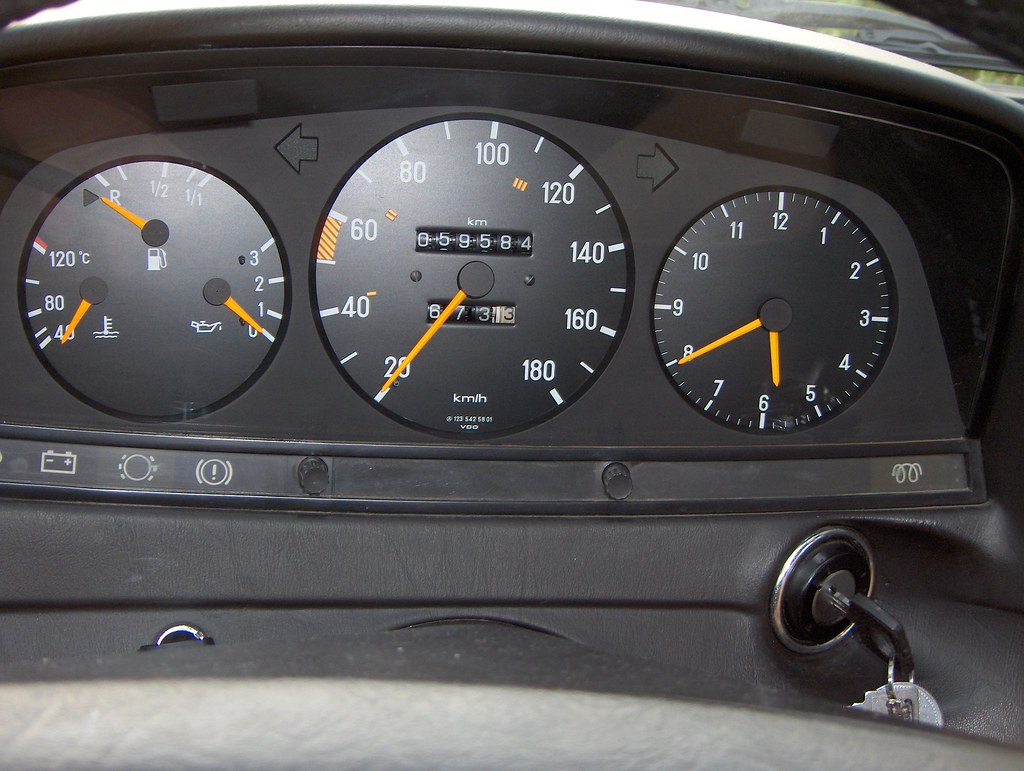
2. Altered or Tampered Odometer
Tampering with a car’s odometer, whether by disconnecting, rolling back, or replacing it without proper documentation, is not only illegal but also a surefire way to void your vehicle’s entire warranty. The odometer provides the essential mileage reading that automakers use to determine the duration of warranty coverage. Without an accurate and verifiable mileage count, the dealer cannot determine if the vehicle remains within its specified mileage limits for warranty protection.
Manufacturers rely on these accurate mileage figures to calculate the expected lifespan of components and schedule maintenance intervals. When the odometer’s integrity is compromised, the automaker loses the ability to verify these critical terms of the warranty contract. This inability to confirm the true mileage usually serves as sufficient grounds for the warranty to be voided entirely, as it constitutes a breach of trust and a fundamental misrepresentation of the vehicle’s history.
Detecting odometer tampering in modern vehicles can be challenging due to advanced electronic systems. However, a comprehensive vehicle history report can often help by flagging any inconsistencies in mileage reporting across its service life. Always ensure that any mileage changes, such as odometer replacement, are meticulously recorded by a licensed mechanic and properly documented to avoid any issues that could lead to your warranty being canceled and potentially legal consequences.
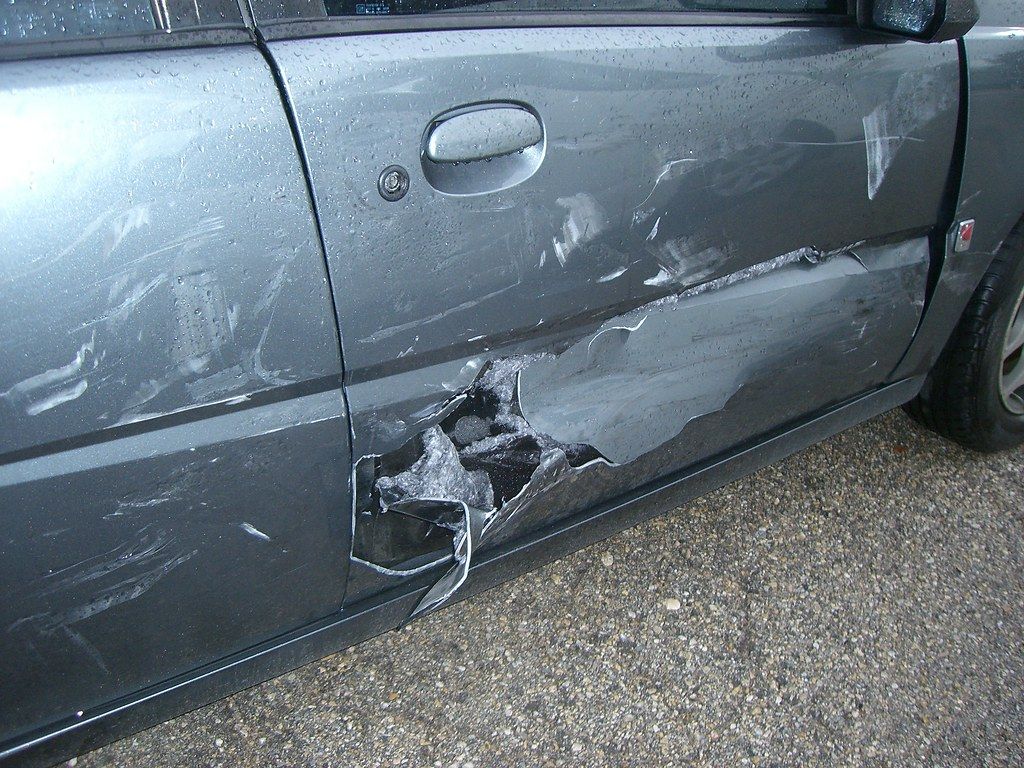
3. Severe Environmental Damage
While a car warranty covers manufacturer defects, it typically does not extend to damage caused by environmental factors or natural disasters. If your vehicle sustains damage from events such as a fire, flood, earthquake, hailstorm, or any other natural calamity, the automaker will generally not cover the repairs. These types of incidents are considered outside the scope of manufacturer responsibility, as they are not related to defects in materials or workmanship.
In severe cases, if the vehicle is declared a total loss as a direct result of environmental damage, the entire warranty would be voided, similar to the situation with a salvage title. Even if the damage is less severe, claims for affected systems would likely be denied. For instance, flood-damaged engines or corrosion from saltwater exposure would not be covered, nor would hail dents breaking glass or lightning strikes damaging electronics.
Therefore, understanding this exclusion is important. Such damage typically falls under the purview of your insurance company, not your vehicle’s warranty. To protect your vehicle and potentially mitigate this risk, practical advice suggests storing your vehicle in a garage or using a cover whenever possible, especially during extreme weather conditions, and regularly washing your car, particularly in winter months, to remove corrosive road salt.
Read more about: Beyond the Buzz: Unpacking the Hidden Nausea of Next-Gen EVs and How Tech is Tackling Car Sickness

4. Persistent Neglect of Scheduled Maintenance
One of the most basic yet critical requirements for keeping your car’s warranty valid is adhering to the manufacturer’s recommended service schedule. If you consistently neglect routine services, such as oil changes, fluid flushes, filter replacements, tire rotations, and general inspections, any resulting damage to your engine or other components will likely not be covered under warranty. The warranty is contingent upon you maintaining the vehicle properly, as outlined in the owner’s manual.
Automakers require proof that you have kept up with maintenance standards. Skipping scheduled oil changes, for example, can lead to engine sludge, which can cause significant engine damage. If an engine fails and you cannot provide records of regular oil changes, the warranty claim will almost certainly be denied. This is because the manufacturer can argue that the failure was a direct consequence of your neglect, rather than a defect in their product.
To safeguard your warranty, it is imperative to follow the manufacturer’s recommended service schedule diligently. Keep all detailed service records and receipts, whether the work is performed at a dealership, a certified independent mechanic, or even if you do the maintenance yourself. For DIY enthusiasts, saving receipts for parts and fluids purchased is crucial evidence. These records serve as concrete proof that you have upheld your end of the warranty agreement, making it significantly harder for a manufacturer to deny a claim based on alleged improper maintenance.
Read more about: Rider’s Guide: Separating Myth from Reality on High-Mileage Motorcycles and What to Know Before You Buy
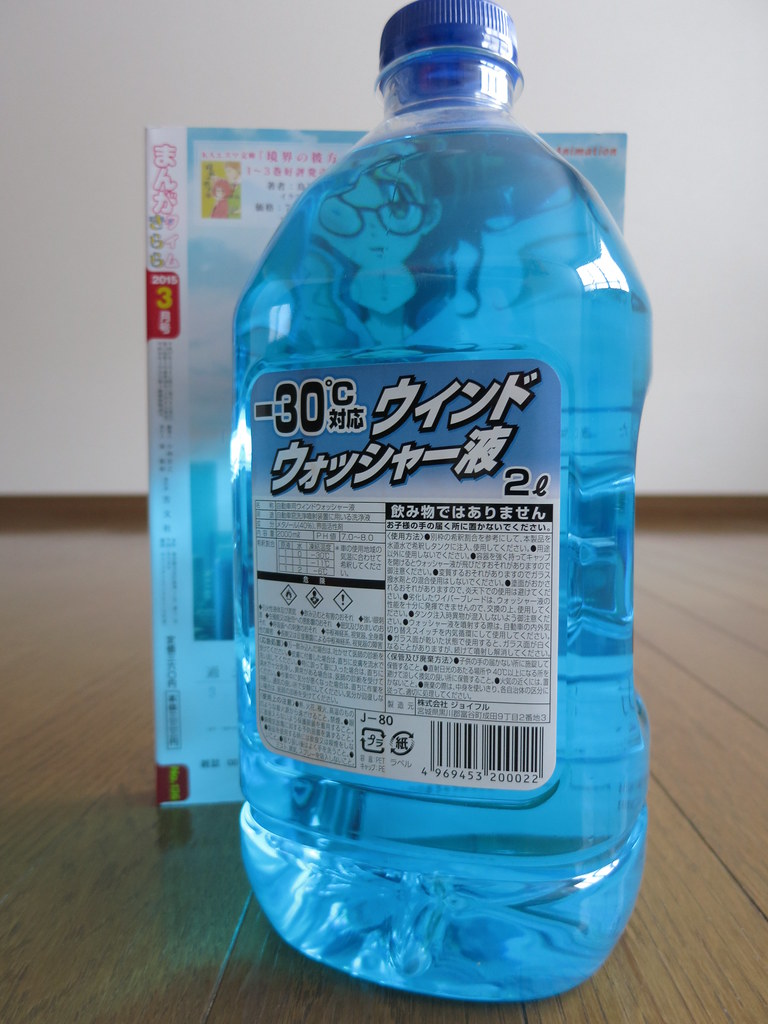
5. Use of Improper Fluids
Just as important as regular maintenance is ensuring that your vehicle is filled with the correct and proper fluids. Using the wrong type of oil, contaminated gasoline, or inadvertently putting diesel fuel in a gasoline engine can cause severe and immediate damage to critical engine components. Any damage incurred as a direct result of using improper or contaminated fluids is explicitly not covered under your car’s warranty.
Manufacturers design their engines and systems to operate optimally with specific fluid formulations, which are detailed in your owner’s manual. These fluids are carefully selected for their chemical properties, viscosity, and additives to ensure proper lubrication, cooling, and overall system function. Introducing a fluid that does not meet these specifications can lead to accelerated wear, corrosion, and catastrophic failure of parts like the engine, fuel system, or transmission.
This guideline extends beyond just fuel and engine oil to include transmission fluid, brake fluid, coolant, and power steering fluid. Always consult your owner’s manual to identify the precise fluid specifications for your vehicle. By consistently using only the manufacturer-approved fluids, you eliminate a significant risk factor for warranty denial and ensure your vehicle’s components are adequately protected, helping to maintain the integrity of your warranty coverage.
Read more about: New Car Nightmares: Unpacking 10 Vehicle Models Plagued by Lemon Law Complaints and Recurring Defects

6. Deliberate Misuse of the Vehicle
The term ‘misuse of the vehicle’ is broadly interpreted by automakers and can lead to a complete voiding of your warranty in severe cases, or at the very least, the denial of claims for specific parts. This category encompasses a range of activities that push the vehicle beyond its intended design parameters, placing undue stress on its components. Examples include street racing, competitive driving events, track driving without a specific track package, excessive overloading beyond capacity, or driving off-road in a vehicle not designed for such conditions.
Many high-performance vehicles, which might seem like a natural fit for track use, may still not be covered if something breaks during such an event unless the warranty specifically permits it. Some automakers might allow track driving only if the vehicle has an actual track package equipped, while others may permit it only if it is not an organized competitive event or time trial. The decision often rests with the warranty administrator, who might deny a claim even without hard evidence of racing if there are clear signs of abuse.
Modern vehicles are equipped with data recorders that can provide technicians with specific details about a car’s speed and even location at the time of an incident, making it much harder to conceal misuse. Beyond extreme activities, even neglecting dashboard warning lights or frequent high-speed braking can be construed as misuse. To avoid this pitfall, always operate your vehicle within the intended parameters set by the manufacturer, read your warranty guide for specific details, and drive responsibly to protect your coverage.
Read more about: Beyond the Dashboard: Unmasking the Shocking Data Collection Habits of Your Connected Car
7. Installation of Non-Approved Aftermarket Performance Parts
While simply having an aftermarket part installed on your car doesn’t automatically void your entire warranty, installing non-approved aftermarket performance parts can significantly jeopardize coverage for affected components. The Magnuson-Moss Warranty Act of 1975 provides consumers with protection in this scenario, stating that a dealership must prove that the aftermarket equipment caused the need for repairs before it can deny warranty coverage. However, if such a causal link is established, you will likely be responsible for the repair costs.
This issue frequently arises with modifications like installing performance chips, adding turbo or supercharger kits, using oversized aftermarket wheels, or modifying exhaust systems. These enhancements are designed to alter engine performance or vehicle dynamics beyond factory specifications, which can place extra stress on engine, drivetrain, or suspension components. If a component fails and the dealer can demonstrate that the aftermarket part either directly caused or contributed to that failure, warranty coverage for that specific part or system will almost certainly be denied.
Loren Wong, a former warranty administrator for BMW and Acura, emphasizes that while an entire vehicle warranty isn’t voided just by having a cold air intake, for instance, such modifications can raise red flags when a vehicle comes in for service. Dealers might charge for diagnosis if the reason for a parts failure is unclear. If the aftermarket part was not properly installed or directly led to a component failure, the dealer is well within their rights to void the warranty for that part, leaving you to pay out of pocket. Consumers considering such modifications are advised to research ‘mod-friendly’ dealerships or consult their warranty guide carefully to understand the potential implications.”
Continuing our in-depth examination, this section delves into further specific modifications and operational missteps that, while perhaps not voiding an entire car warranty, can certainly lead to significant repair claim denials. Understanding these nuances is paramount for any vehicle owner looking to protect their investment and avoid unexpected out-of-pocket expenses. We will explore scenarios where seemingly minor choices can have major consequences for your warranty coverage, offering practical guidance to help you navigate these often-overlooked pitfalls.
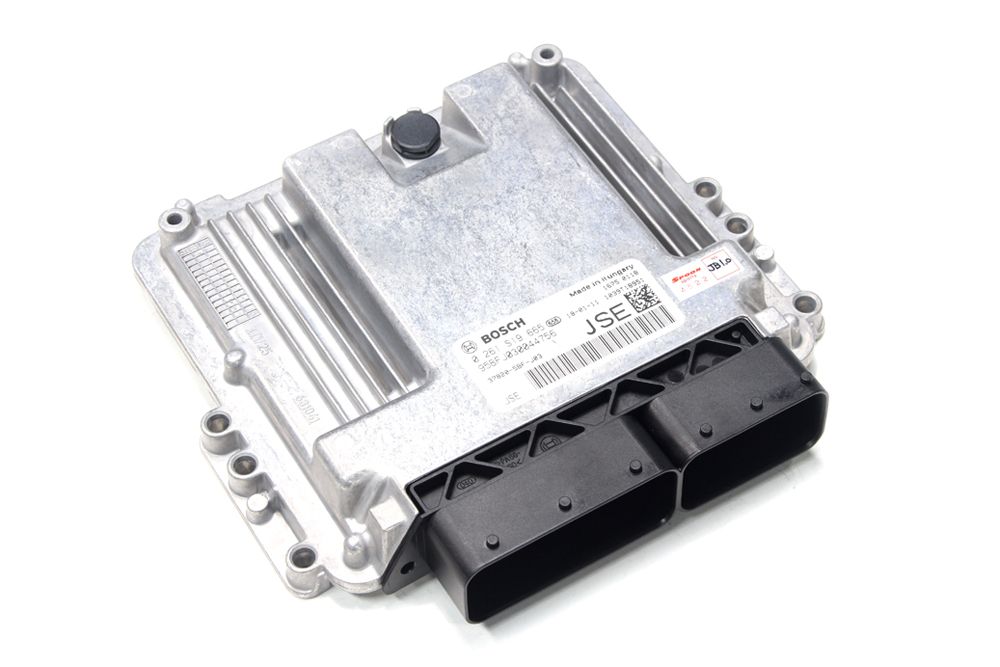
8. Engine Tuning or ECU Remapping
One increasingly popular modification among car enthusiasts is engine tuning, often achieved through electronic control unit (ECU) remapping or the installation of performance chips. These modifications are designed to alter the engine’s performance characteristics, typically boosting horsepower, torque, or fuel efficiency beyond factory specifications. While the allure of enhanced performance is undeniable, these changes come with significant warranty risks.
Automakers meticulously engineer their engines and powertrains to operate within specific parameters, and altering the ECU can push these components beyond their intended design limits. The context explicitly states that “altering engine performance via ‘chipping’ or remapping the ECU can put extra stress on engine components and lead to failures.” When such modifications are detected, any “related repairs likely won’t be covered” under your manufacturer’s warranty. The increased strain can accelerate wear and tear, making components more susceptible to premature failure, which the automaker will attribute to the modification, not a manufacturing defect.
To safeguard your engine and your warranty, it is crucial to avoid non-approved electronic tuners or remaps. If you are seeking performance enhancements, always consult with your dealership or the vehicle manufacturer to understand which, if any, modifications are permissible and will not jeopardize your coverage. Prioritizing your warranty over aftermarket performance boosts can save you from substantial repair costs down the line.
Read more about: Unlocking Peak Efficiency: Engineer-Backed Strategies to Boost Your Car’s MPG by 10 Without Changing Your Route

9. Unapproved Third-Party Repairs
While you are not obligated to have all your vehicle’s maintenance and repairs performed at a dealership, opting for unapproved third-party shops or using non-factory parts can introduce a new set of warranty challenges. The Magnuson-Moss Warranty Act protects consumers by preventing a dealership from voiding an entire warranty merely because an aftermarket part was used. However, this protection has limits. If “improper repairs done outside certified shops may not be covered if damage results,” as noted in the context, you could be left with the bill.
The primary concern here revolves around the quality of parts and the expertise of the technicians. If a repair shop uses “non-factory parts” and this leads to a subsequent issue, the damage they caused would explicitly “not be covered under warranty.” Furthermore, if an independent repair is performed incorrectly, or if generic parts are used that do not meet manufacturer specifications, any related component failure can be directly linked back to that repair. This establishes the necessary causal link for the manufacturer to deny a warranty claim.
To prevent such denials, if you choose an independent repair shop, ensure it is reputable, uses factory-approved or OEM-equivalent parts, and provides detailed work orders and receipts. The context advises, “If you get the work done by a local repair shop, make sure it uses factory parts and get detailed copies of the work orders.” These records serve as crucial proof that the work was performed to an acceptable standard and with appropriate components, offering a layer of protection should a warranty dispute arise.
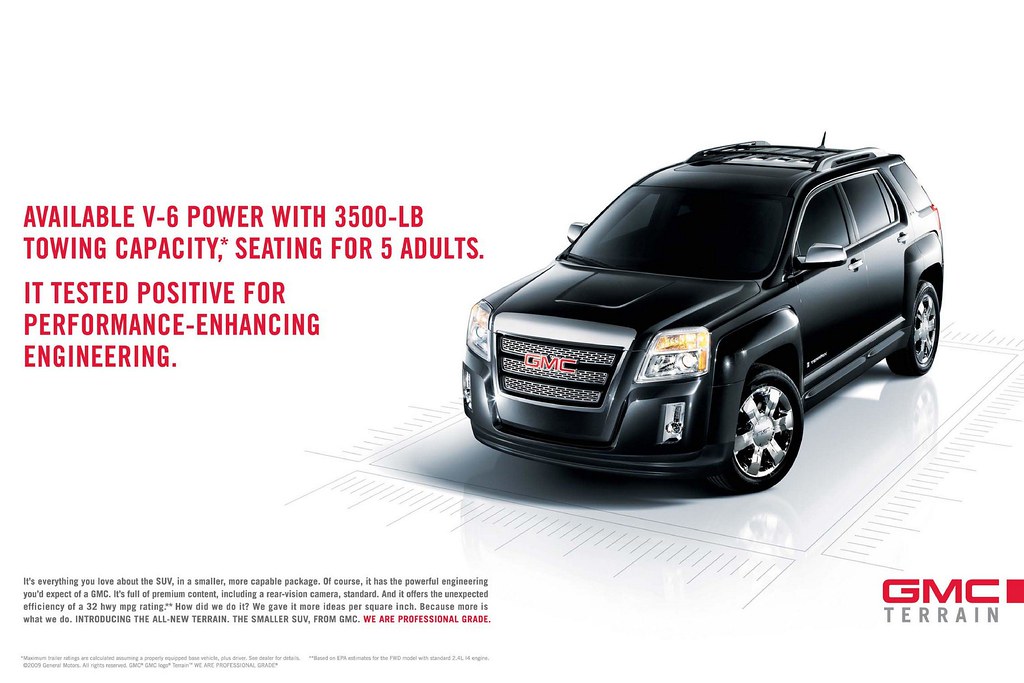
10. Exceeding Towing Capacity
Many vehicles are equipped with towing capabilities, offering versatility for hauling trailers, boats, or other heavy loads. However, every vehicle has a specified maximum towing capacity, an engineering limit designed to ensure safety and prevent undue strain on the vehicle’s components. “Towing too heavy of a load stresses drivetrain components and voids related coverage,” according to the context. This specific form of misuse is a direct pathway to denied warranty claims for affected systems.
When a vehicle’s towing capacity is consistently exceeded, the drivetrain — including the engine, transmission, axles, and suspension — is subjected to forces and stresses far beyond what it was designed to withstand. This excessive strain can lead to accelerated wear, overheating, and premature failure of critical components. The manufacturer will argue that these failures are a direct result of operating the vehicle outside its intended design parameters, rather than a defect in materials or workmanship. This falls under the broader definition of “misuse of the vehicle,” where “towing more weight than allowed” is specifically mentioned as a reason for coverage cancellation.
To protect your warranty and ensure the longevity of your vehicle, always consult your owner’s manual for the precise maximum towing capacity and adhere strictly to it. Be mindful of the total weight of your trailer and its contents, including any additional gear. By operating your vehicle within its specified limits, you minimize stress on critical systems and eliminate a common reason for manufacturers to deny warranty claims related to drivetrain or suspension components.
Read more about: The Affordable New Truck That Is Outselling the Ford F-150: Market Dynamics and Unprecedented Value

11. Removing Emissions Equipment
Modern vehicles are equipped with an array of sophisticated emissions control systems designed to minimize harmful pollutants released into the atmosphere. These components include catalytic converters, oxygen sensors, and Exhaust Gas Recirculation (EGR) valves, among others. While some owners may consider removing or modifying these systems for perceived performance gains or cost savings, doing so carries severe warranty and legal repercussions.
The context explicitly states that “taking off the catalytic converter, EGR valve, or other emissions components voids the emissions warranty.” This is a significant concern because emissions warranties are mandated by federal law, with “some parts are covered for 8 years or 80,000 miles” by the Environmental Protection Agency (EPA). By altering or removing these parts, you are not only violating environmental regulations but also directly breaching a fundamental condition of your vehicle’s warranty agreement. Any subsequent issues related to engine performance, exhaust systems, or even wider powertrain components could easily be linked back to the unauthorized removal of emissions equipment, leading to denied claims.
Beyond warranty concerns, tampering with emissions equipment is illegal and can result in hefty fines and the inability to pass vehicle inspections. To maintain both your warranty coverage and legal compliance, it is imperative to leave all factory-installed emissions control systems intact and properly functioning. Should any issues arise with these components, always seek repairs through authorized channels to ensure genuine parts and proper installation, thus preserving your emissions warranty.
Read more about: Navigating the Crossroads: Key Legal and Policy Shifts Redefining the Trucking Industry in 2025

12. Adding Body Kits
For many drivers, personalizing their vehicle’s appearance through aftermarket body kits and other exterior alterations is a key part of car ownership. These modifications can range from custom bumpers and side skirts to spoilers and widebody fender flares, aiming to give the vehicle a unique aesthetic. However, what often goes overlooked are the potential long-term impacts these cosmetic changes can have on specific aspects of your warranty, particularly those related to corrosion and paint.
The context highlights a specific risk, noting that “Adding body kits – Body kits and exterior alterations can void anti-corrosion warranties if they cause rust or paint issues.” This is because improperly installed body kits can trap moisture, accelerate paint wear, or create new points of vulnerability where rust can develop. If the installation requires drilling new holes or altering the factory body panels, the protective coatings and seals may be compromised, leading to premature corrosion that the manufacturer would otherwise cover. The integrity of the vehicle’s factory finish and protective layers is paramount for anti-corrosion coverage.
Before investing in a body kit or any significant exterior alteration, it is wise to consult your vehicle’s warranty guide or speak with a dealership service manager. Inquire about how such modifications might affect your anti-corrosion warranty and whether specific installation methods or products are approved. Ensuring professional installation that minimizes disruption to factory seals and drainage channels can help mitigate some risks, but the ultimate decision on warranty coverage will rest with the manufacturer if issues arise.
Read more about: Behind the Headlines: 13 Race Teams Who Would Never Agree to Use the Same Pit Crew
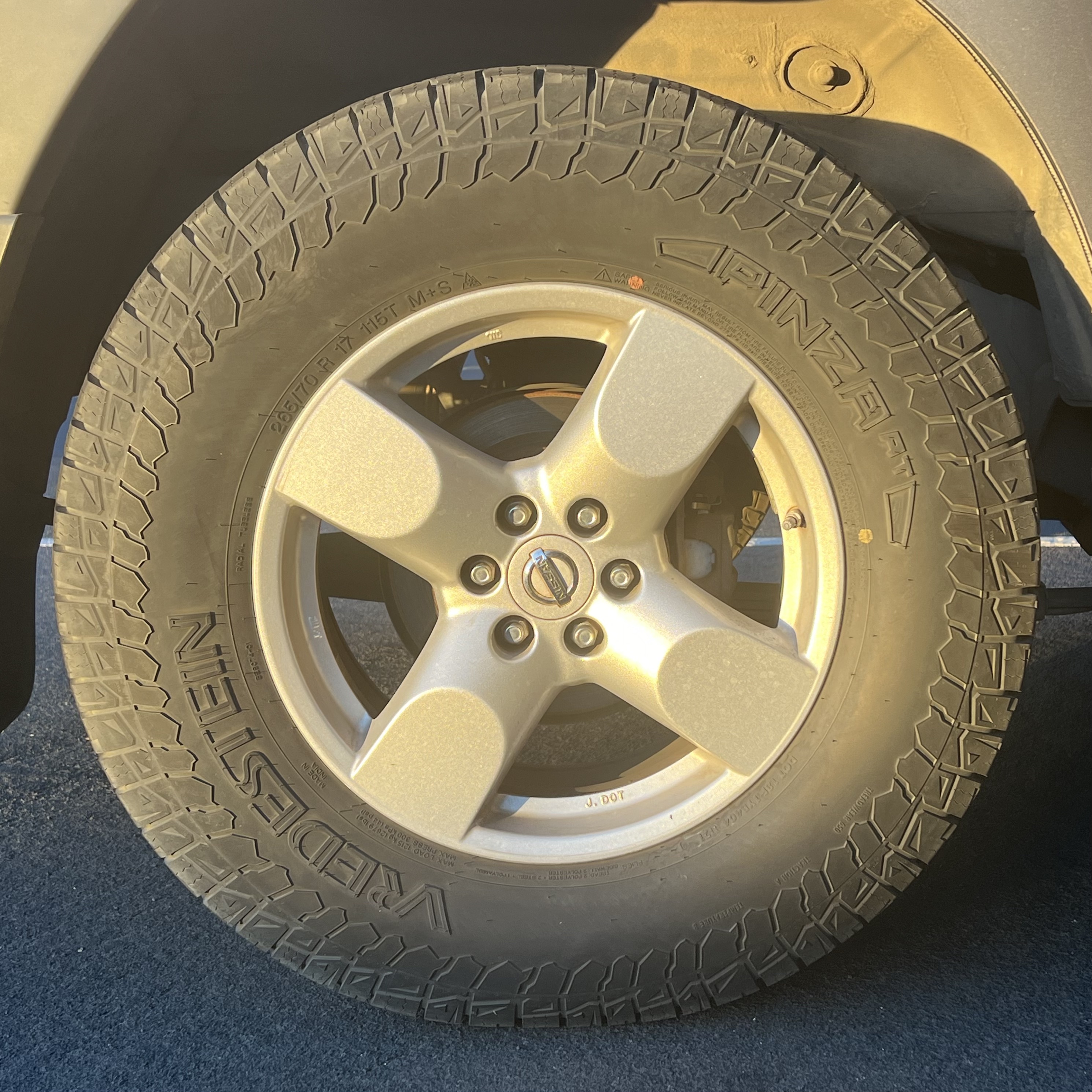
13. Changes to the Car’s Lift or Tires
Modifying a vehicle’s suspension system, whether through lifting or lowering, or installing aftermarket tires that deviate significantly from factory specifications, can profoundly impact various aspects of its operation and, consequently, its warranty coverage. These alterations are often pursued for aesthetic reasons, improved off-road capability, or enhanced handling. However, they directly affect the vehicle’s intended geometry, stability, and load-bearing dynamics.
The context is explicit: “Altering the suspension system or installing oversized tires may affect safety systems like stability control and steering.” These changes can throw off the calibration of advanced driver-assistance systems, impact steering precision, and place undue stress on original equipment shocks, struts, and suspension bushings. If “lowering the suspension voids shock and strut coverage if it causes premature wear,” it stands as a clear warning. Furthermore, if “these changes lead to damage,” automakers “often deny claims,” even if the modification seems minor, as it can void “parts of your coverage” related to the affected components.
Before making any changes to your car’s lift, suspension, or tire setup, it is crucial to confirm with your dealer the potential implications for your warranty. Understanding the cascading effects these modifications can have on everything from alignment to sensor functionality is vital. Prioritizing factory specifications or seeking manufacturer-approved accessory options can help preserve your warranty coverage and maintain the engineered safety and performance of your vehicle.
Read more about: Unearthing Hidden Performance: 14 Underrated Sports Cars That Defy Expectations for Today’s Performance Seekers
As we’ve thoroughly explored, a new car warranty is a powerful safeguard for your investment, but it’s not an unconditional promise. From major incidents like salvage titles to more nuanced modifications like engine tuning or suspension changes, the pathway to voided coverage or denied claims is riddled with potential missteps. By diligently following manufacturer maintenance schedules, using approved fluids and parts, and carefully considering any aftermarket alterations, you empower yourself to uphold your end of the warranty contract. Remember, knowledge is your most reliable tool in protecting your vehicle. Don’t let a lack of awareness turn a reassuring safety net into a costly lesson; stay informed, drive responsibly, and ensure your peace of mind on every journey.




